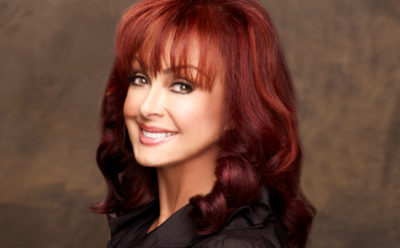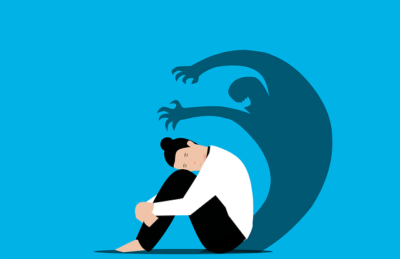
(5-3-22) On the final page of my book about my son and mental illness, I write: “Mental illness is a cruel disease. No one knows whom it might strike or why.”
I thought about these words this past weekend when I learned that Naomi Judd, the iconic country star and one-half of the mother-daughter duo The Judds, had ended her life at age 76.
Why?
She was striking, famous, talented, successful and well-loved. Perhaps the answer can be found in her own words. In 2018, she talked openly in a People magazine story about her struggles with depression .
“Nobody can understand it unless you’ve been there. Think of your very worst day of your whole life – someone passed away, you lost your job, you found out you were being betrayed, that your child had a rare disease – you can take all of those at once and put them together and that’s what depression feels like.”







